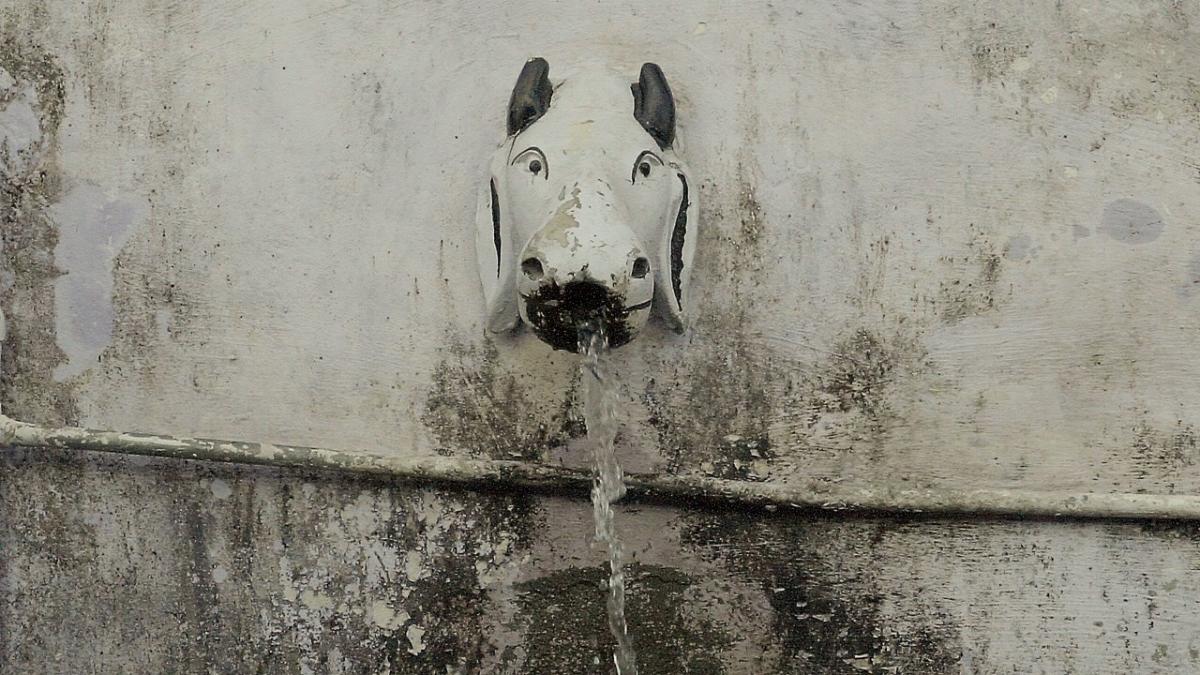Sikkim Workshop on Resilient Himalayan Environment and Community
Under Coping with Uncertainties project (CwU), IUCN organized one day state level workshop entitled “Building Resilient Himalayan Environment & Community” on 21st February 2020 at Gangtok, Sikkim.

Photo: IUCN India
The main objectives of the workshop were to create a platform for sharing experiences, learning from one another and discuss successful initiatives taken by various Government and Non-Government Organizations for enhancing a resilient Himalayan community and its surrounding environment. A total of 30 delegates participated in this workshop representing different organizations viz. Forests and Environment Department, Govt. of Sikkim; G.B. Pant National Institute of Himalayan Environment & Sustainable Development (GBPNIHESD), Sikkim Regional Centre; Botanical Survey of India (BSI), Sikkim Himalaya Regional Centre; Rural Management & Development Department (RMDD), Govt. of Sikkim; Sikkim State Disaster Management Authority (SSDMA), Govt. of Sikkim; World Wide Fund (WWF) –Sikkim; and The Ecotourism & Conservation Society of Sikkim (ECOSS).
At the inaugural function, Dr. Vivek Saxena, Country Representative, IUCN India Country Office, welcomed all the delegates and talked about IUCN and different ongoing projects of the organization. Shri. M.L. Srivastava, Principal Secretary-cum-PCCF, Forest and Environment Department, Govt. of Sikkim, graced the occasion as Chief Guest. In his address, he emphasized on the initiatives of Sikkim state forest department on mitigation and adaptation to climate change. He spoke about various major ongoing projects of the forest department, such as Sikkim Biodiversity Conservation & Forest Management Project (SBFP), The Sikkim Climate Inventory and Monitoring System (SCIMS): An initiative towards Carbon Neutral Sikkim, proposed World Bank funded project: Climate and Disaster Resilient Sikkim, Pathway to a Carbon Neutral Economy, and REDD+ project. He also mentioned about the consciousness of the Govt. of Sikkim and the citizens of Sikkim state towards environmental conservation and their interested in conservation related programmes. He mentioned about the enhancement of the Tree Outside Forest land (TOF) in Sikkim by 0.6% over the past two decades. He suggested a need for collaborative or a convergence approach to ensure quality work and also to avoid duplicity of the activities as well. In this context, he appreciated an initiative of IUCN for making a platform for others to share and disseminate their works through Adaptation Network Portal. Dr. Rajesh Joshi, Head Sikkim Regional Centre and Scientist 'E' graced the event as Special Guest. Dr. Joshi delivered a talk on the role and initiatives of GBPNIHESD in Indian Himalayan Region (IHR) along with various success stories of the institute. This was followed by Shri. Anil Kumar Rai, Special Secretary, RMDD, Govt. of Sikkim who was present in the workshop as Special Guest. He delivered a talk on the roles of Gram Panchyats in Sikkim and regional & national level achievements of the department. He also elaborated on the Zero Waste Management initiatives of RMDD.
Other speakers viz. Ms. Archana Chaterjee, IUCN delivered a presentation on IUCN initiatives in Indian Himalayan Region (IHR) over the past 10 years; Dr. Kaish Singh Gaira, GBPNIHESD-SRC presented a talk on Khangchengdzonga Landscape Conservation and Development Initiatives (KLCDI)-India programme; Shri. R.P Gurung delivered a presentation on initiatives of ECOSS; Shri. Subash Dhakal delivered a talk on Springshed Management in Sikkim and success stories of RMDD on spring revival programme; Ms. Navita Pradhan from SSDMA talked about initiatives of the department in Sikkim; and Mr. Jhony Lepcha delivered a presentation on the CwU project process and outcomes in Sikkim.
During the last session, a panel discussion was conducted with an aim to identify the top challenges & opportunities of Sikkim and policies for promoting and enhancing resilience of community and ecosystems in the Indian Himalayan Region.



